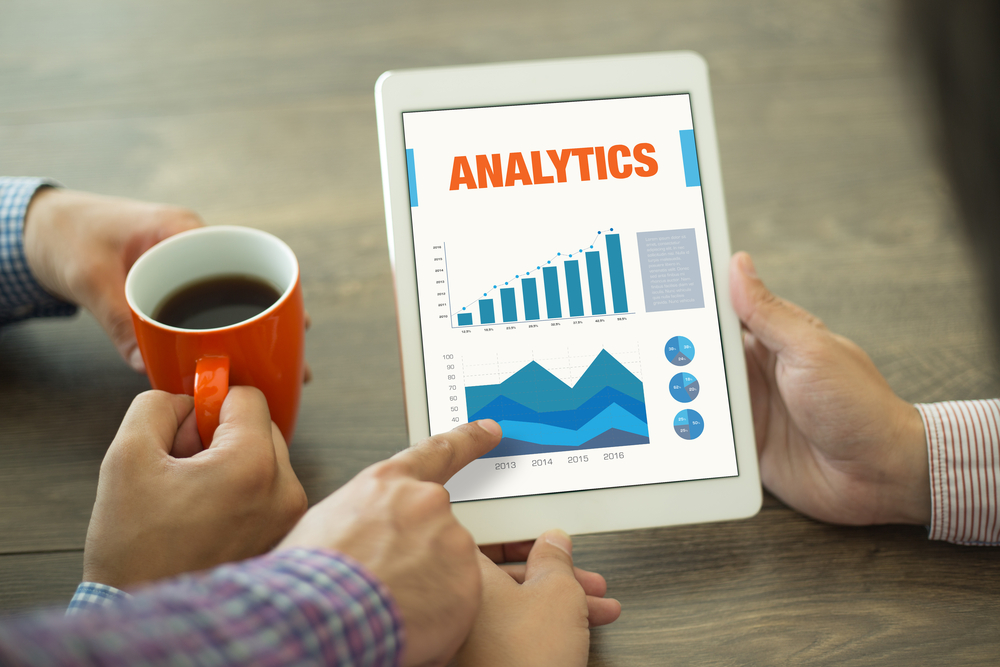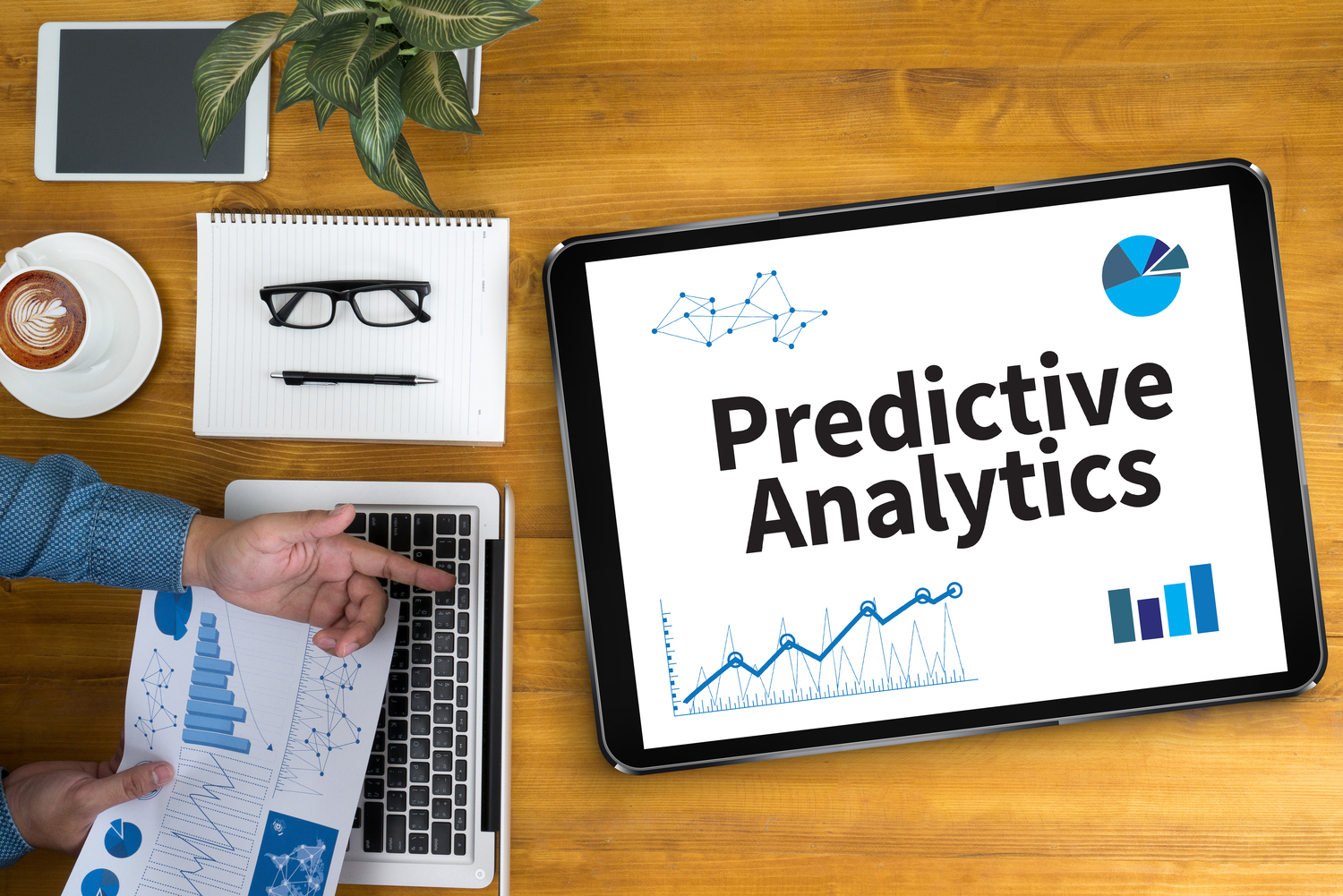Comprehensive Guide to Predictive Analytics and Its Role in Driving Business Growth
Predictive analytics is revolutionizing how businesses forecast future trends, optimize operations, and enhance customer relationships. This comprehensive guide explores its applications across industries like aerospace, energy, automotive, finance, manufacturing, and retail. Learn about leading solutions, popular models, benefits, and challenges. Implementing predictive analytics can lead to significant cost reductions, improved efficiency, and sustained growth, making it an essential tool for modern enterprises striving for competitive advantage in a data-driven world.

Comprehensive Guide to Predictive Analytics and Its Role in Driving Business Growth
An In-Depth Exploration of Predictive Analytics and Its Business Impact
Predictive analytics stands as a cornerstone in the modern data-driven landscape, empowering organizations to anticipate future trends, customer behaviors, and operational needs through meticulous analysis of past and present data. This specialized branch of data science utilizes advanced techniques such as machine learning algorithms, statistical modeling, and artificial intelligence to generate actionable insights. By deploying predictive analytics, businesses across multiple sectors can refine their marketing strategies, optimize resource allocation, improve supply chain management, and enhance customer engagement, ultimately leading to sustained growth and profitability. The global predictive analytics market has experienced rapid expansion, with projections estimating its worth at over $11 billion by 2022, underscoring its vital role in contemporary enterprise operations.
Cross-Industry Applications of Predictive Analytics
Businesses and organizations across various domains leverage predictive analytics to achieve diverse objectives. Here are some notable examples:
Aerospace Industry
In aerospace, predictive analytics is pivotal for optimizing aircraft performance, extending maintenance intervals, and reducing downtime. By examining flight data, engine performance logs, and sensor inputs, airlines and manufacturers can accurately predict component failures before they occur, ensuring safety and operational efficiency. Additionally, fuel consumption patterns can be analyzed to develop more sustainable flight operations.
Energy Sector
The energy industry employs predictive models to forecast market demand, manage supply and distribution, and predict weather impacts. These models assist utility companies in anticipating peak usage periods, optimizing power generation, and preventing outages. Furthermore, predictive analytics plays a role in maintenance scheduling for equipment, reducing unexpected failures and associated costs.
Automotive Industry
Automotive manufacturers utilize predictive analytics to enhance vehicle safety, improve driver assistance features, and predict component durability. By analyzing driving behaviors, environmental conditions, and vehicle sensor data, companies can develop smarter, safer vehicles. Predictive maintenance also extends to fleet management, where it reduces breakdowns and maintenance costs, ensuring optimal operation of vehicles.
Financial Services
Banks, insurance companies, and investment firms rely heavily on predictive analytics for risk assessment, fraud detection, and market forecasting. Credit scoring models evaluate an individual's likelihood of default, enabling lenders to make informed decisions. Similarly, insurers analyze customer data to predict claims risk, tailor policies, and set premiums more accurately. Investment firms leverage predictive analytics to forecast market trends, optimize portfolio management, and identify trading opportunities.
Manufacturing Sector
In manufacturing, predictive analytics streamlines operations by forecasting demand, optimizing inventory levels, and scheduling maintenance proactively. Monitoring machinery through sensor data helps predict failures before they happen, reducing unplanned downtime and repair costs. Quality control processes are enhanced by early defect detection, ensuring consistently high product standards.
Retail Industry
Retailers utilize predictive analytics to understand customer preferences, optimize inventory, and personalize marketing strategies. Real-time customer data allows for targeted promotions, optimized pricing models, and improved customer experience. Demand forecasting helps manage stock levels effectively, reducing waste and lost sales, while analytics-driven insights facilitate loyalty programs and customer retention efforts.
Leading Providers of Predictive Analytics Solutions
Organizations eager to integrate predictive analytics into their operations can choose from several leading technology providers, including:
SAP: Known for comprehensive data analytics and enterprise solutions.
SAS Institute: Renowned for advanced analytics and big data solutions.
IBM: Offers a wide array of predictive analytics tools integrated into their cloud and AI platforms.
Microsoft: Provides scalable cloud-based analytics services and AI integrations.
Acxiom: Specializes in customer data management and predictive models for marketing.
Information Builders: Known for real-time analytics and data integration.
Teradata: Focuses on enterprise analytics and data warehousing.
TIBCO Software: Offers robust analytics, event processing, and predictive modeling solutions.
Tableau Software: Provides advanced data visualization and predictive insights capabilities.
Popular Predictive Analytics Models
Several models are commonly employed in predictive analytics to solve specific business problems:
Customer Lifetime Value (CLV)
This model estimates the total revenue a business can expect from a customer over their entire relationship, allowing targeted retention and marketing efforts that maximize profitability.
Customer Segmentation
Dividing customers into distinct groups based on shared attributes such as behavior, demographics, or purchase history, enabling personalized marketing and product offerings.
Predictive Maintenance
Utilizes sensor data and historical records to forecast machinery or equipment failures, facilitating proactive service interventions and reducing operational downtime.
Quality Control
Early detection of potential defects during manufacturing processes ensures high-quality products, minimizes recalls, and improves customer satisfaction.
Challenges and Limitations of Predictive Analytics
Despite its numerous advantages, predictive analytics faces certain hurdles:
Inconsistent data quality and formats from various sources require extensive preprocessing, which can be resource-intensive.
Incomplete, inaccurate, or biased data can compromise prediction accuracy, leading to suboptimal or flawed business decisions.
The complexity of models necessitates skilled expertise in data science, machine learning, and statistics, which may be costly and hard to find.
Privacy concerns and regulatory compliance issues can restrict data collection and use, especially in sectors handling sensitive information.
In conclusion, predictive analytics offers transformative potential for businesses willing to invest in its tools and expertise. When applied correctly, it enhances decision-making, operational efficiency, and customer engagement, providing a significant competitive advantage in today's rapidly evolving market landscape.





